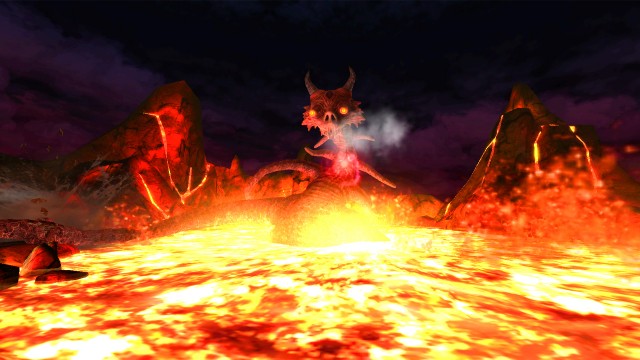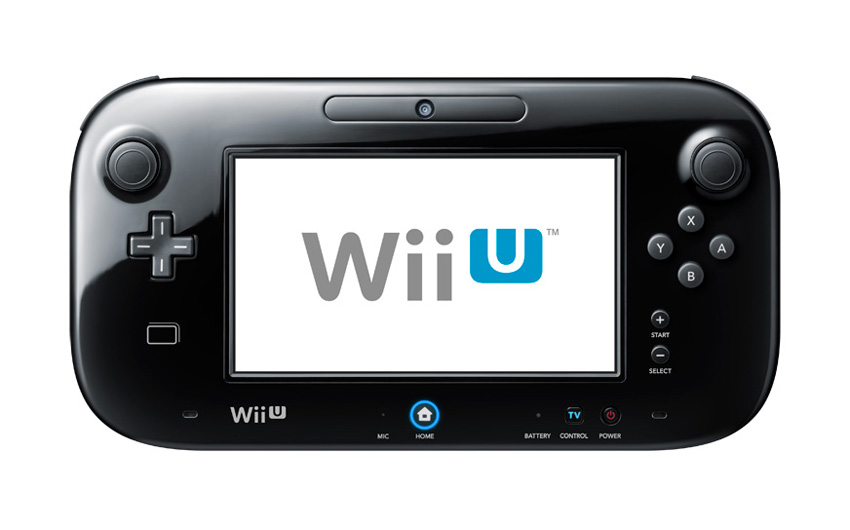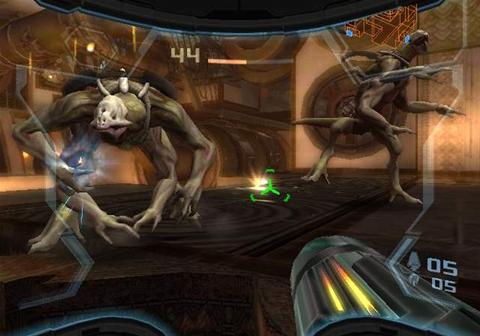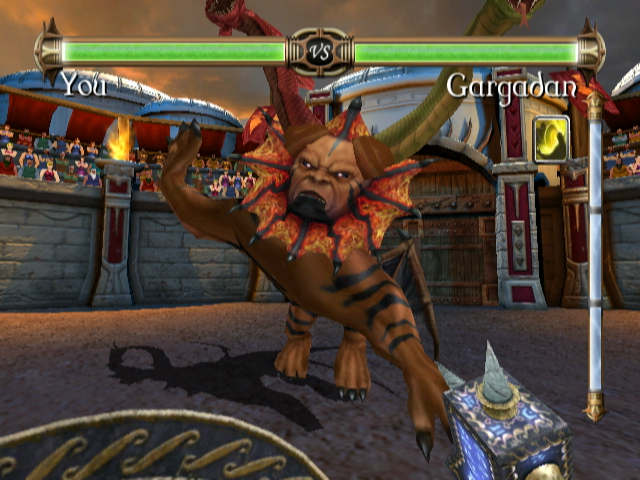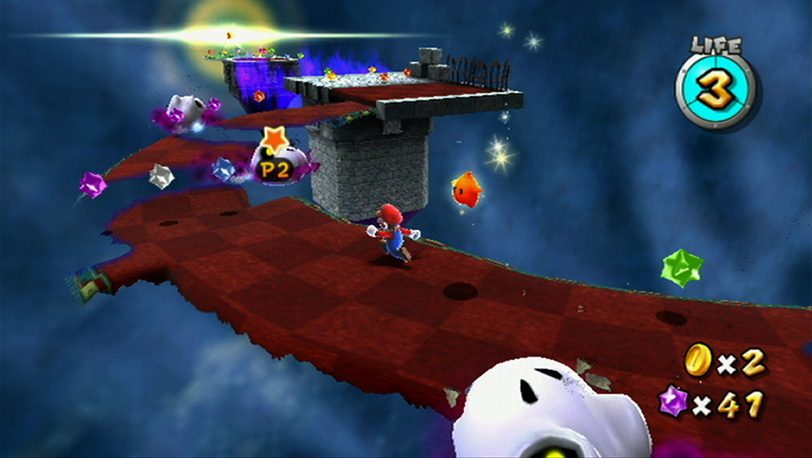Unlike a large majority of the Metroid fans, I'm one of the
few people who actually enjoyed playing through Metroid: Other M on the Wii. While I think it is remarkably flawed, I also
saw flashes of brilliance in the narrative. And while it failed on a number of levels I did enjoy PLAYING
the game...for the most part. So, with
Metroid receiving some new attention due to the recent Kotaku article on thehistory of the series, minus Other M, I think it might be important to examine
Other M, both what it did right and what we can learn from it about Metroid and
video games in general.
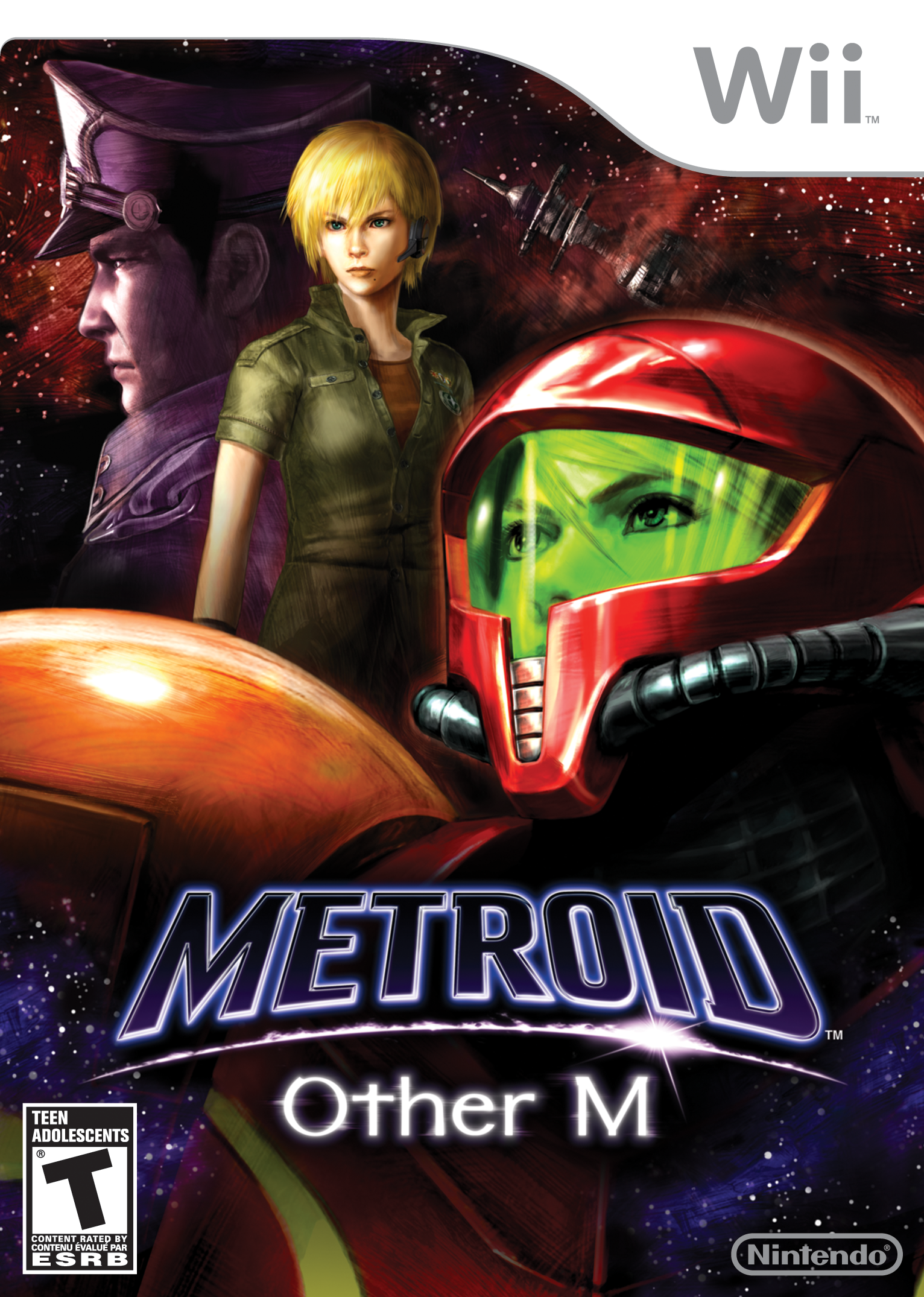 |
| Alright, let's do this. Let's examine Other M, flaws and all. |
First,
let's talk about what Metroid: Other M does very well. Body language. While the script and the internal monologues
are...flawed at best, the body language of the series is actually done
pretty well. My favorite example of this
is the epilogue, which has very little spoken or monologued speech. However, near the end, our heroine, Samus
Aran, finds the helmet of her former comrade, hugs it close and then carries it
out with her before setting it on the seat of her gunship and leaving. This speaks volumes about the respect and
meaning this one person had for her.
Likewise, throughout the game, you will see subtle movements by the
character, like a bowed head or reaching out in concern that, while different
from previous Metroid games, speaks to the spirit of the series of showing
rather than telling. We learn Samus is
compassionate or strong through her movements.
 |
| That pose and that expression say all we need. Words at this point would only cheapen the moment. |
The script,
while flawed, isn't necessarily as bad as people think. The real problem with it is the internal
monologue. Throughout the series, Samus
has spoken very little, giving her the feeling of a solemn, thoughtful
individual. She has spoken in Metroid
Fusion and I don't mind her speaking in Other M, as real humans, especially
those who have to interact with others, have to talk. The real problem is that the internal
monologue paints her as a submissive, weak, childish girl rather than a strong,
solemn, mature woman. Now, whether or
not Samus has these thoughts in the midst of her hunting, I don't know, but if
she does, we don't need to know it. The
dialogue itself is actually not that bad.
It's a bit dry, but it feels very much like the movie Alien, with a crew
of people, some very close, exploring an abandoned/infested space station. It plays to the environment. Take away the internal monologue and the
dialogue here is actually much closer to Metroid Fusion and not nearly as bad
as people think.
The
gameplay is stellar, for the most part.
The 2-d side scrolling uses 3-d models, but still holds very true to the
feel of Super Metroid. It's fast, fun,
and very easy to pick up and play. The
controls are fluid and the shifting from 2-d to a 3-d viewpoint, while a bit
clunky, makes excellent use of both control modes of the Wii-remote. It offers a new dimension of gameplay, but
still stays true to the spirit of the original.
The graphics are beautiful, with impressive particle effects and stellar
designs overall for monsters and characters.
The environments also offer both familiar and unique environments that
Metroid fans will eat up. Music is also
competently done, with a re-worked Metroid theme and sound effects as well as
nice ambient sound and music throughout.
 |
| Dear lord is this game a feast for the eyes and a real treat to actually play. |
So, the
game has a passable script, excellent graphics, gameplay, sound, and some
blocking(character movement) that feels very close to the original series. The game is enjoyable to play...but let's not
give it too much credit. The game, in
Team Ninja's hands, made several key mistakes.
 |
| No, really, they gave Metroid: Other M to Team Ninja. The breast physics guys...oh dear... |
First, is
the portrayal of Samus. This includes
the script and some specific moments of blocking. Metroid has never been a series which relied
heavily on cut-scenes, however Other M does to an extent...and this isn't
necessarily a good thing. Normally, a
Metroid game focuses on organic gameplay for storytelling and character
development. We become closer to Samus
by playing her. However, the organic
gameplay runs counter to the constant internal monologues and a few key
scenes. The most egregious of these is
when Ridley appears and Samus freezes up, morphing out of her suit in a
panic. Samus has killed Ridley four
times. This runs counter to our
knowledge and Samus's experiences.
Likewise, flashbacks showing Samus's past are not really necessary. They use the internal monologues to try and
build a set of traits to make it appear as if Samus has a deep relationship
with another character, however, we don't need that. We know who Samus is by now and trying to
shoe horn anything in, after almost six adventures previously, will ring false.
For example, a thumbs down signal
introduced in Other M is supposed to be endearing because of Samus's past...but
it isn't, because it is shoe horned in and runs counter to what we know about
Samus.
Next,
trying to railroad the plot through interactive cut scenes. Other Metroid games have railroaded the plot
organically, by creating areas that cannot be accessed without powers from an
area that will be easier to surmount.
However, in Other M, many elements of the plot cannot progress unless
you go into first person mode and look at one specific patch of screen. It's very difficult to actually find the
right patch of screen, because there are no indicators and the game doesn't
make it clear what you should be looking for.
This is a large problem because it not only breaks the flow of the game,
it also can be game breaking, if someone does not find the exact spot the
developer programmed to move the plot along.
 |
| While First Person Mode seems like a good idea on paper, forcing us to look at a very specific patch of grass to advance the game is...just stupid. Be honest. It is. |
Finally,
just general laziness when it came to scripting and story development. There are some interesting ideas in this
game. Making Mother Brain, a largely
organic super computer, into a human is an intriguing idea. The use of cloned Metroids by Samus's
employers opens up new ground for emotional development through body language
and initiating doubt or concern that could tie into Metroid Fusion, making the
transition much smoother. The inclusion
of a character who's goal was to kill the others show shades of Metroid Prime 2
and Metroid Fusion and offered opportunities for inventive boss battles and
tension...which were not used and feels completely wasted, as the plot thread
is largely forgotten mid way through the game.
This kind of waste...of squandering potential...is rife throughout the game.
 |
| This is what we could have gotten in Other M. A pitched battle with an intelligent opponent on par with ourselves. |
 |
| Instead, we got the Eraser...whom you never fight in-game and who only serves to pick off the less developed members of your group. Huzzah... |
For example, all Metroid games need a reason
for Samus, who at the start is very powerful, to be weak so the players can
have a feeling of progression. Some have
Samus getting damaged in blasts or radiation, having to get new suits due to
infection or what have you...Other M just has Samus deciding not to use her
powers because a man she respects, but who has no power over her as she is an
independent agent, might not want her to.
This is lazy. Have her activate
an EMP trap, or have the traitor attack her, or have something to make her lose
her abilities and regain them. It's not
hard to write them in. When you are
making a Metroid game, you cannot afford to half ass it, as the series depends
so much on organic gameplay and a good set up.
So, what
can we learn from this? Well, for
starters, do not take a character in a radically different direction because
you want to "Appeal to a wider audience" or make them "Hip"
or try and put your vision over a well established character. Fans of that character will call bullshit and
be very, very angry. Also, rigorously
test the game so that you do not find an area that is game breaking or which is
too byzantine to understand. You need to
make a game flow smoothly and trying to force a detective section in an action
game is just out of place and will break the flow. Try and match the gameplay styles together
rather than forcing something in where it doesn't belong. Finally, if you are going to make a game, put
your all into it. Don't settle for a
weak script due to deadlines, don't introduce an idea that has potential, then
drop it down the line, don't try to reinvent the wheel...if you have a good
formula, stick with it. To that end,
learn from your successes as well as from your flaws. Body language can be used to great
effect. Merging styles can be an
effective tool and you shouldn't be afraid to try, just don't implement it if
it's going to break the flow. Take the
good parts of your script, such as those featuring Samus acting in character,
and use those as building blocks for future scripts with her.
 |
| Dialogue in a Metroid game. Metroid Fusion proved it can be done well. Take what you learned from Other M and do it RIGHT next time. |
Now, I know
all these things can be difficult to implement, but if another Metroid game
were made, hell, even if it were put into Team Ninja's hands again, I think
that if they learned from their mistakes, it could be a fantastic title. Metroid: Other M plays very well and if you
can get past the flaws, and ignore the internal monologues, then even hardened
Metroid fans can still find the game enjoyable.
However, that doesn't excuse its flaws.
I say, Metroid: Other M is a decent and fun game, but it's important to
take a game, even one we might enjoy, and hold up the flaws so that they can be
learned from.
 |
| Don't give up on Metroid because of Other M, Nintendo. Learn from it's flaws, build on it's successes, and you will have a WiiU game like no other. |
For those who can't guess, I probably won't move into
reviews in my spare time, because there doesn't seem to be an interest, however
I may give certain games special examination if they have something that they
can teach. And, I think Other M can
teach through its flaws as well as it's successes.


